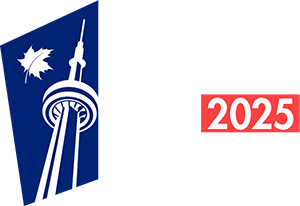Three Approaches to Value
We use one of three approaches to value properties:
- direct comparison approach
- income approach
- cost approach
The valuation approach we use depends on a number of factors including property type, and the number of recent comparable sales of similar properties in the area.
Direct comparison approach
This is the most commonly used valuation approach. We analyze recent sales of comparable properties to determine the value of your property. In considering any sales evidence, we ensure that the property sold has a similar or identical use as the property to be valued.
The direct comparison approach is typically used for the following types of properties:
- residential
- condominiums
- vacant land
Income approach
An income-producing property’s market value is tied directly to its ability to generate revenue. For this reason, MPAC uses the income approach when valuing income-generating properties. When using this approach, we carry out a detailed analysis of your property's income and expenses and then compare it to similar properties to determine how much income a property could be expected to generate.
We then analyze the relationships between income and sale price to calculate the capitalization rate (cap rate) for the property by dividing the income by the sale price.
The income approach is typically used for the following types of properties:
- hospitality properties
- industrial malls
- multi-residential properties
- office buildings
- shopping centres
Cost approach
When a property type is unique and rarely sells on the open market, we can’t rely on either the comparison or income approaches to determine its current value. In these cases, we estimate your property’s current value with a three-step process:
- We calculate the current cost of replacing buildings, structures or other taxable components on the land.
- We apply a deduction for depreciation due to age, functional or economic conditions that could impact the value of the property.
- We determine the value of the land and add it to the calculations to produce an overall valuation.
The cost approach is typically used for the following types of properties:
- general-purpose industrial properties
- grain elevators
- large and special purpose properties
- warehousing




